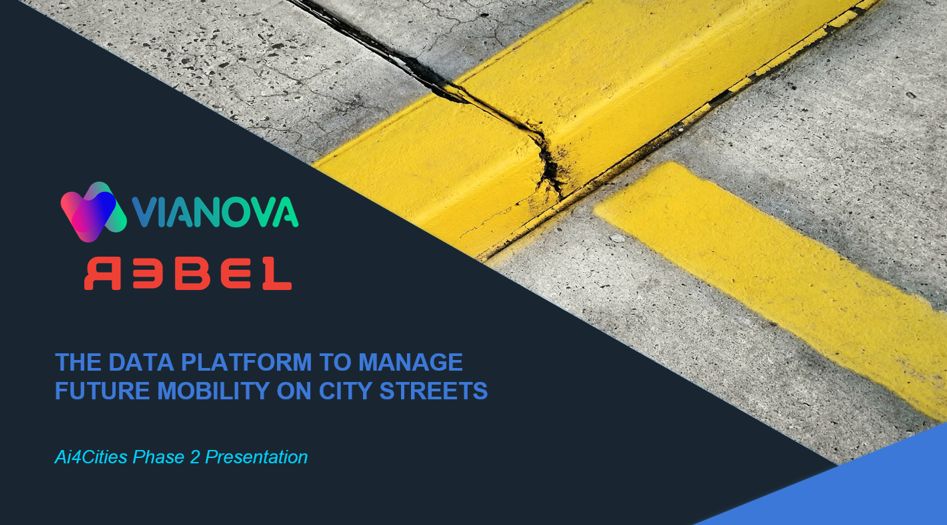Vianova and Rebel reduce emissions in shared micro-mobility
24 March 2022
Vianova and Rebel participate in AI4Cities Phase 2 with The MPAT tool (Mobility Policy Auto Tuner). This is an engine to optimize the CO2 emission-reduction potential of city mobility policies, beginning with shared micro-mobility. By understanding the geographies where a trip on an electric-powered shared bicycle, scooter, or moped is most likely to create an emissions saving (ie, to replace an internal combustion engine vehicle trip), the tool is able to make recommendations for areas to implement new policies (ie, subsidies on rides, or removals of fleet caps).
The impact of these policies can then be monitored with a specific view on CO2 emissions savings. MPAT’s innovativeness lies in the way it calculates shared mobility’s CO2 savings potential, also anticipating its growth and change. By using AI to forecast where demand for low-carbon micro-mobility trips will grow, it goes beyond currently existing practices for modelling the decarbonization potential of mode shift and can directly inform policy making to realise that potential.
The product builds on top of an already existing shared mobility management system, the Cityscope platform built by Vianova. The Cityscope platform already offers cities and shared mobility operators the ability to analyze shared mobility patterns in their cities and create and enforce policies of their own design. However, the MPAT tool represents a significant improvement on this existing product, as it enables “smart” regulations that support shared mobility.
The solution is ready for large-scale commercialization, as the underlying tool is already deployed in 40 markets around Europe. The market for the solution remains large and growing and there is a lot potential to apply the solution beyond its current focus on shared micro-mobility, for example as a tool to optimize taxi services, ride hail, goods delivery, and eventually aerial drones and autonomous vehicles with the objective of reducing CO2 emissions
All news
